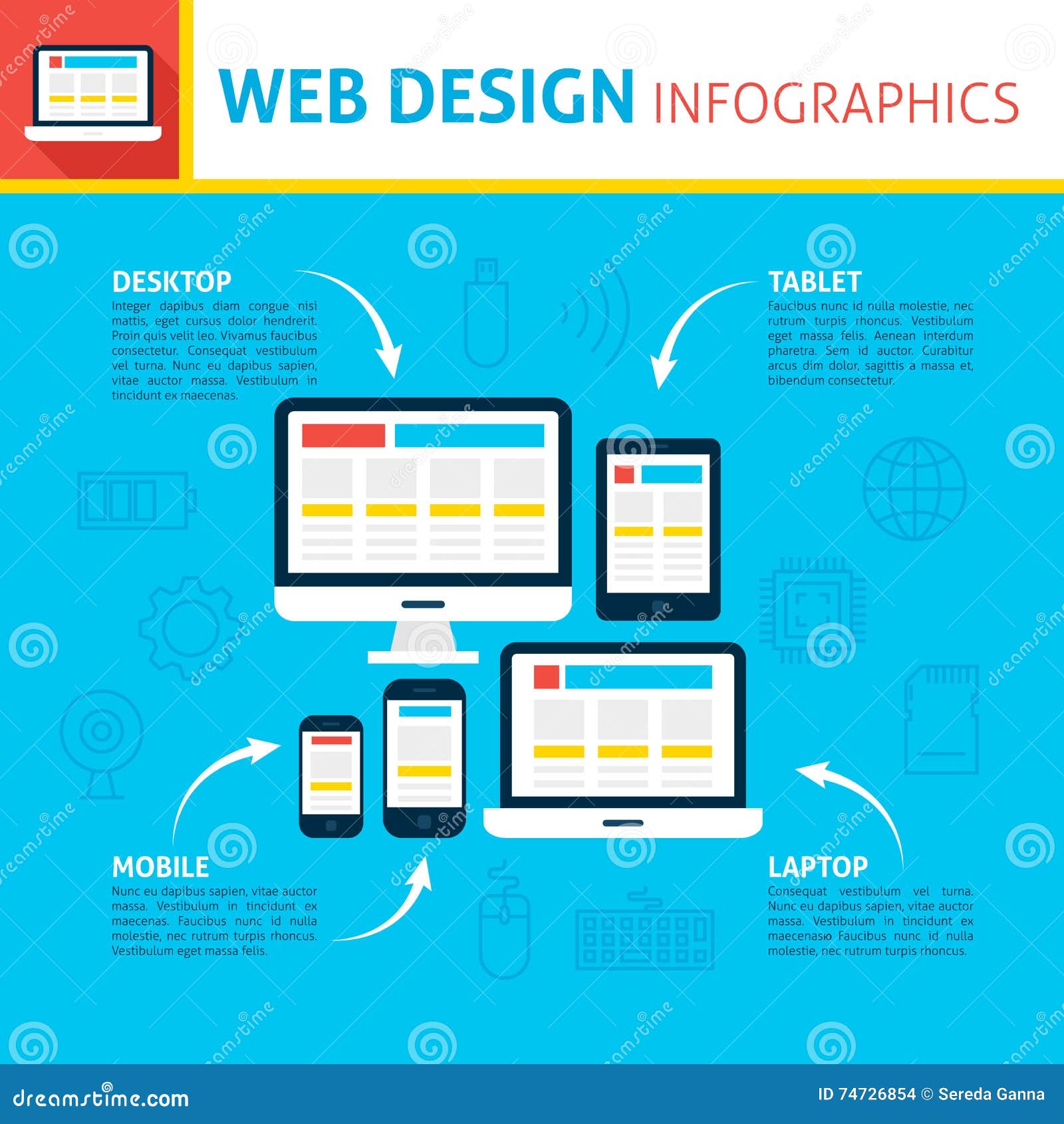The Development Of Website Design: Then And Now
The Development Of Website Design: Then And Now
Blog Article
Produced By-Rasmussen Peters
In the past, internet sites were easy and concentrated on information. Navigation was direct, and design was for desktops. Now, individual experience is vital. Data guides layouts for very easy navigating. Receptive designs fit different tools. Today, dark mode minimizes strain, and minimalist menus boost navigation. Interactive attributes engage individuals, and bold visuals stick out. AI combination increases engagement. See how design has actually progressed to improve your on-line trip.
Early Days of Web Design
In the early days of web design, simpleness preponderated. Websites were standard, with limited colors, font styles, and formats. The emphasis was on supplying details rather than flashy visuals. Users accessed the internet with slow dial-up connections, so rate and capability were vital.
Navigating food selections were straightforward, normally located at the top or side of the page. Internet sites were made for desktop, as mobile surfing wasn't yet prevalent. Material was king, and developers focused on very easy readability over intricate design components.
HTML was the primary coding language used, and developers needed to function within its restraints. Animations and interactive functions were minimal contrasted to today's criteria. Sites were fixed, with little dynamic content or tailored individual experiences.
Increase of User-Focused Design
With the advancement of website design, a shift in the direction of user-focused style concepts has ended up being significantly prominent. Today, developing web sites that prioritize individual experience is crucial for engaging visitors and attaining organization goals. User-focused design involves recognizing the requirements, preferences, and actions of your target audience to customize the website's design, material, and includes as necessary.
Developers now carry out complete study, such as user studies and use screening, to collect insights and feedback straight from users. This data-driven technique helps in creating intuitive navigation, clear calls-to-action, and aesthetically appealing user interfaces that resonate with site visitors. By placing the user at the facility of the design process, web sites can deliver a much more customized and enjoyable experience.
Responsive design has additionally become a crucial element of user-focused layout, making certain that web sites are enhanced for various tools and display dimensions. This versatility improves access and use, dealing with the varied means users engage with internet sites today. Fundamentally, the increase of user-focused layout signifies a change towards producing digital experiences that focus on the requirements and expectations of completion customer.
Modern Trends in Web Design
Discover the current trends shaping website design today. One noticeable fad is dark setting layout, using a streamlined and modern-day look while minimizing eye stress in low-light settings. Another essential pattern is minimalist navigation, streamlining food selections and improving customer experience by focusing on essential elements. Including micro-interactions, such as computer animated switches or scrolling impacts, can develop a more engaging and interactive site. Receptive style stays essential, making certain seamless user experiences throughout various gadgets. Furthermore, using strong typography and unbalanced designs can include aesthetic interest and accentuate particular content.
Integrating AI technology, like chatbots for customer support or tailored suggestions, boosts customer involvement and simplifies processes. Accessibility has also become a considerable pattern, with designers focusing on comprehensive design methods to satisfy diverse individual needs. Accepting sustainability by maximizing site efficiency for speed and effectiveness is one more arising fad in web design. Working together with web designer fort worth and information analytics to iterate and improve design continually is crucial for staying pertinent in the ever-evolving digital landscape. By embracing these contemporary patterns, you can create an aesthetically enticing, straightforward internet site that reverberates with your target market.
Final thought
As you assess the evolution of site layout from the very early days to currently, you can see how user-focused design has actually come to be the driving force behind modern-day patterns.
Accept the trip of change and adjustment in web design, always maintaining the individual experience at the forefront.
Stay current with the most up to date trends and innovations, and never quit evolving your technique to develop visually stunning and easy to use internet sites.
Develop, adjust, and develop - the future of web design remains in your hands.
